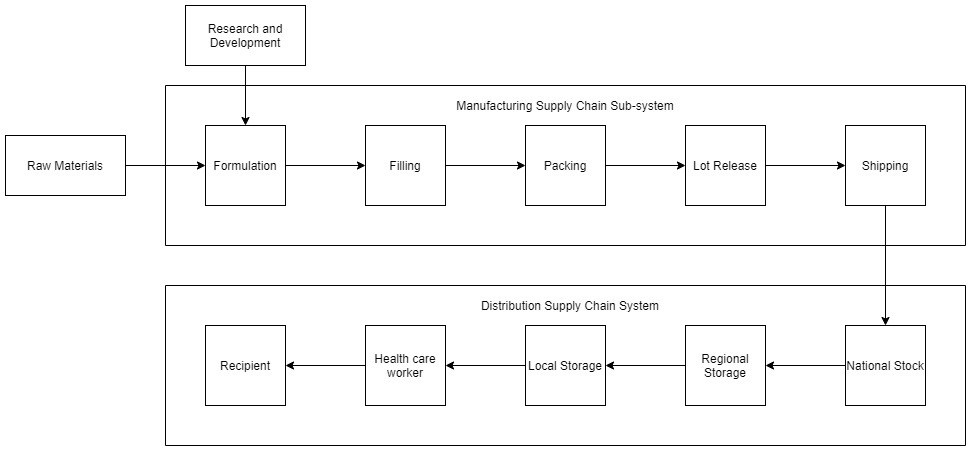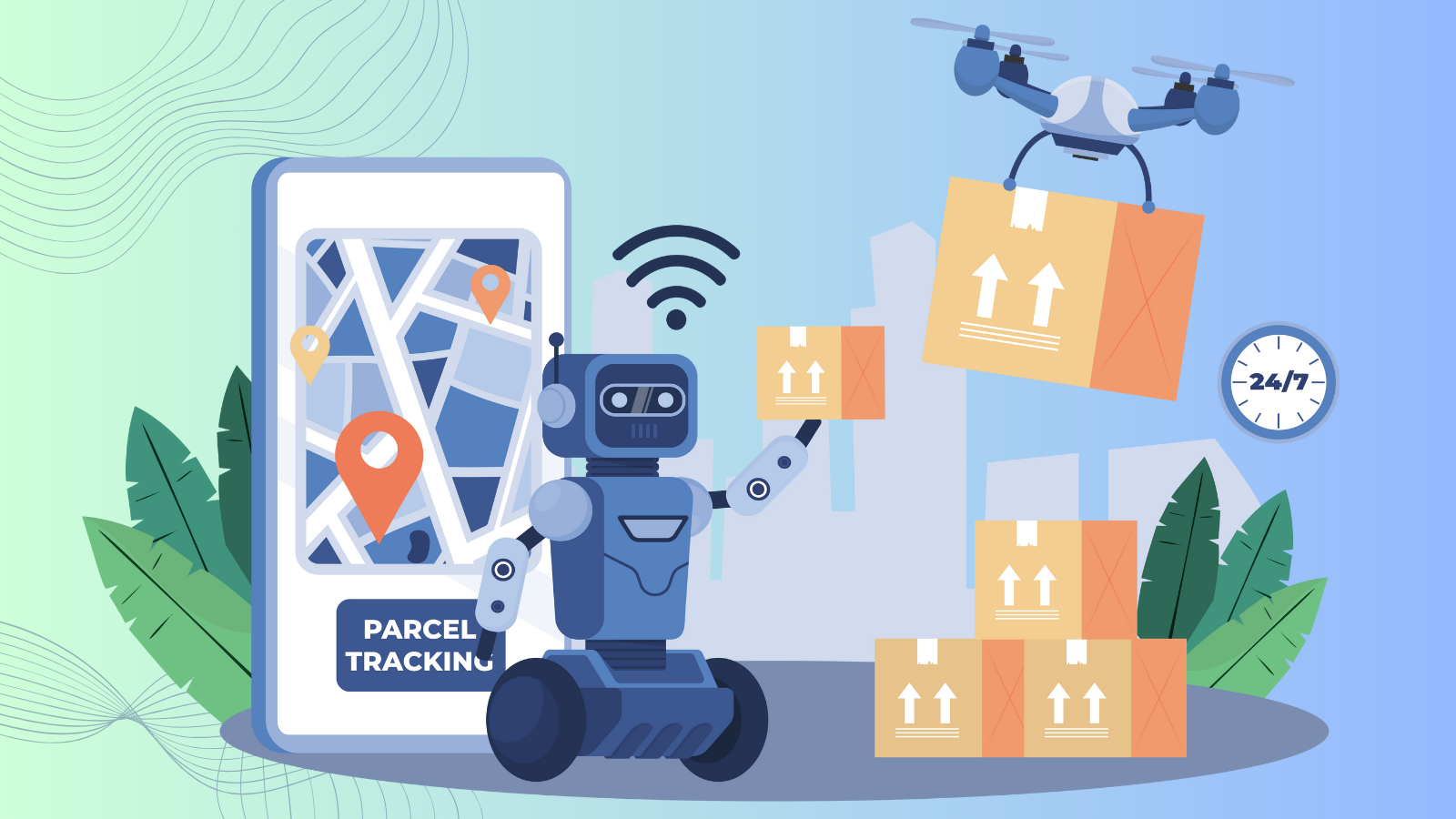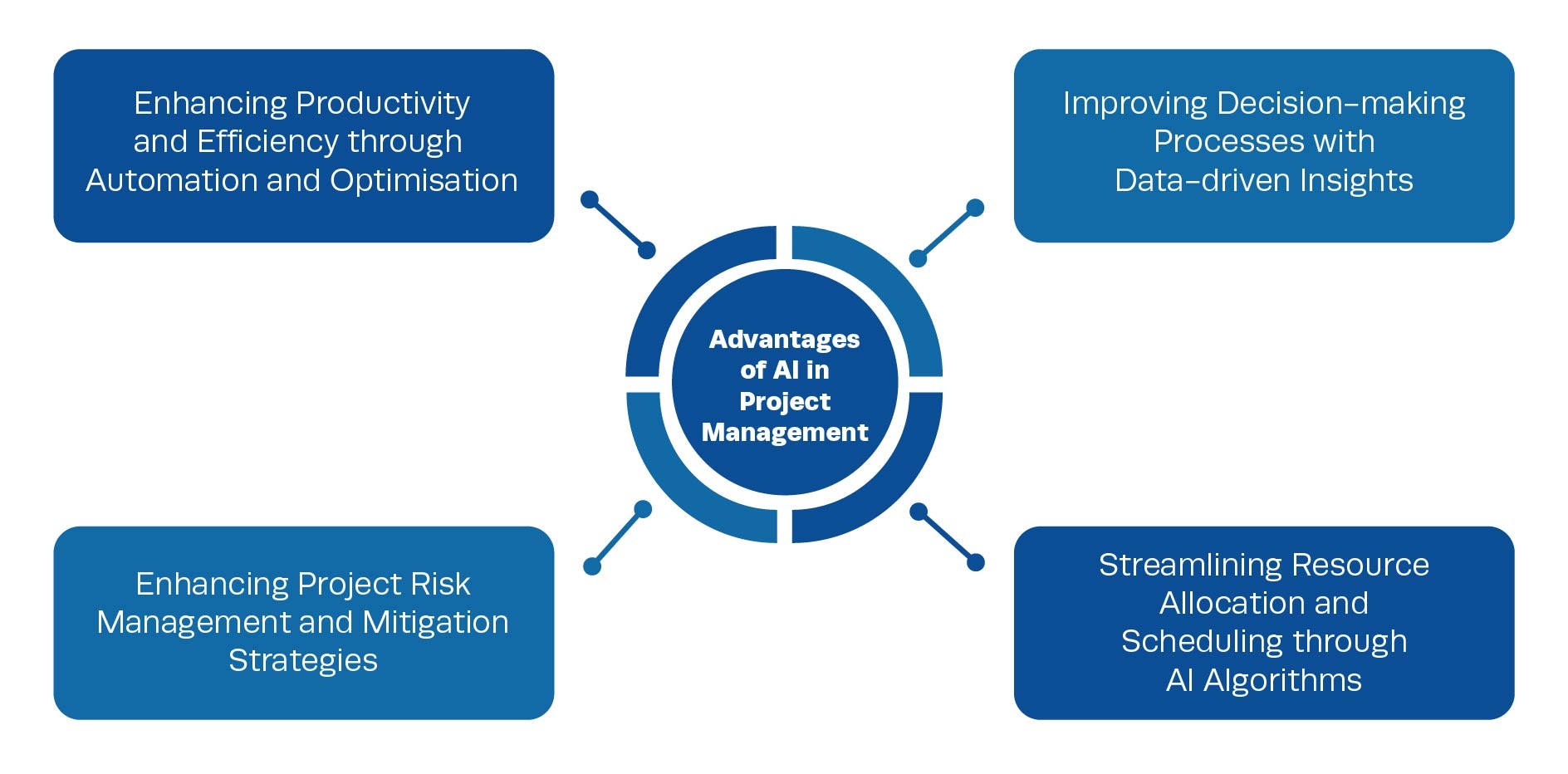Introduction
Talking about the recent biggest event which single handedly made the world come to a standstill, COVID-19 pandemic, is slowly fading with the development of the relevant vaccine. The next major challenge left to overcome is the effective distribution of these vaccines.
Without any doubt with the advent of AI technologies, it has proved to be a powerful weapon to find these challenges and help in making a data driven and robust decision-making for the government and the companies involved in the same.
Mathematical optimization is one such technique which proved effective in making the supply chain extremely effective and resilient, making it an important weapon to have in the arsenal for all the industries. Many researchers, academicians, industry professional are developing and deploying this technology to solve many problems related to the health care sector during this testing times. Location optimization problem that is the best location to open a quarantine center to effectively manage the patients in the vicinity, optimal PPE inventory management, optimal utilization of the ambulance and many such decisions. Currently with the vaccine in distribution the most pressing matter faced inventory allocation and location of the vaccines for effective distribution.
This vaccine distribution and allocation problem is very analogous to the supply chain problems solved in the industry today. As we know, we categorize our supply chain into two broad categories – pull based and push based, vaccine distribution problem is also divided into these two problems – pull based, relying on the demand or requests placed by the health care workers for specific quantities and push based which is focused on delivering the vaccine to cover the broad masses. Usually, the vaccine doses are distributed following the pull-based system as most of the supply chain operate. However, a small percentage of doses are held back by the medical staff in cases of emergency, wherein they follow a push-based approach to normalize any inequities occurred by a strictly pull based approach.
The following diagram gives an overview of the end-to-end vaccine supply chain:

- Sourcing – Appropriate sourcing of vaccines, ideally ensures timely availability of vaccines at the national storage, but it is bound to face delays due to insufficient supply. When sourcing vaccines, decisions such procurement from local or global suppliers needs to be taken into consideration along with the quality and the effectiveness of the vaccines.
- Transportation – Smooth transportation routes for vaccines needs to be established. Vaccines can be transported using various transport modes between different levels. Typically, in the initial stages of transportation, it is often delivered using airplanes, railways, cold trucks and such facilities. Usually at lower levels mostly roadways are utilized.
- Storage – Required equipment need to be made available for the storage of vaccines as they require cold storage. This can prove to be a major task in developing countries. The capacity and the infrastructure available to meet the demand needs to be considered and ensured as lower storage can result in wastage of vaccines.
- Fairness – Equal access to vaccine to the same priority group. Priority group can be made as per the age group, severe symptoms and any other factor which deem suitable.
- Vaccine Type – Vaccines come with scheduled dosage; sometimes multiple doses are to be injected. It is imperative to ensure that the right dose reach the right location.
Use of Mathematical Optimization
All the above stated factors are difficult to be processed manually. Hence, the need for mathematical optimization arises which proves highly efficient for such complex applications. The mathematical model should address the following questions:
- Which distribution centers should be included in the network for efficient distribution?
- How many vaccines should be stored in each distribution center?
- What kind of doses should be stored in each distribution center?
- How many vaccines should be made available to each priority group?
- What should be the order quantity of the doses?
- What transport mode should be considered while transporting the vaccines?
- What should be the sourcing decisions in the network?
Technology against COVID-19
I sincerely believe that with the help and application of such technologies we can overcome many such challenges in future and help revolutionize the supply chain industry even more for smoother functioning in the future. With the advent of AI technologies, such applications have started taking deeper roots and many such industries are evolving with the help of these technologies.
References
An Inventory-Location Optimization Model for Equitable Influenza Vaccine Distribution in Developing Countries During the COVID-19 Pandemic – mehdi rastegar et el.
Equalizing access to pandemic influenza vaccines through optimal allocation to public health distribution points Hsin-Chan Huang, Bismark Singh, David P. Morton, Gregory P. Johnson3, Bruce Clements , Lauren Ancel Meyers
Vaccine distribution supply chains in developing countries: a literature review – De Boeck K, Decouttere C, Vandaele N











